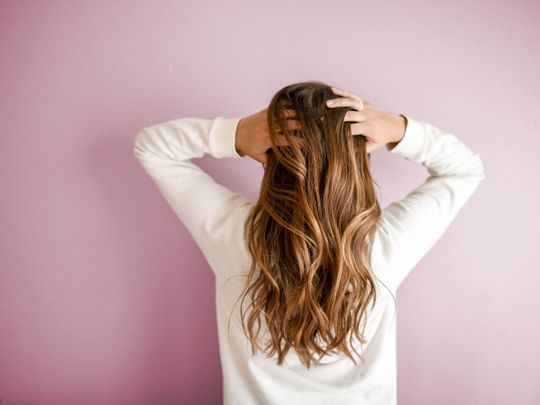
Dry hair occurs either due to genetics, constant usage of heat-styling tools or through the use of strong shampoos.
When washing:
1. Choose a shampoo that's right
Choose a shampoo that is right for your hair. Look for formulas that say “sulfate free” (sulphate tends to strip your hair from natural oils to 'clean it'. Also look for a shampoo that has dimethicone as an ingredient. It increases shine and manageability.
2. Leave in conditioners
After every shampoo, it's important to restore the moisture back into your hair by using a conditioner designed for dry or damaged hair. It's great to use at home treatnments like deep, leave in conditioners. If you have extra dry hair, then deep condition twice a week.
3. Try a hot oil treatment
To restore your hair back to health, you need to try hot oil treatments that will help bring back natural hair oils. Massage the oils into the scalp and leave for 30 minutes before washing it out. You can get these at almost any supermarket, or just buy yourself a tub of coconot oil.
Prevention
4. Get a regular trim
The best way to treat dry ends is to have a regular trim at the hairdressers. This will prevent the split ends from spreading up the shaft of the hair.
5. Add omega-3 to your diet
To keep your hair thick and healthy without taking supplements, you should eat more:
salmon
oysters
walnuts
kidney beans
blueberries
broccoli
tomatoes
mackerel
tuna
sardines
When drying
6. Don't always use heat
Irons and blowdryers are the main reason that hair gets damaged. So when possible, avoid using heat styling tools. If heat styling is unavoidable, make sure to use products that help protect hair from heat.
7. Towel dry your hair carefully
Go easy on towel drying youe hair so that you can prevent it from breaking. Instead of rubbing hard, squeeze out the water softly.





